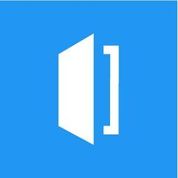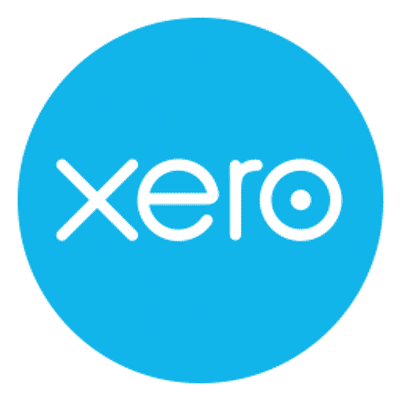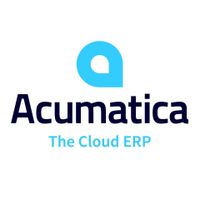Skynamo is a Field Service Management Software. Skynamo offers Offline Reporting, Analytics (Workforce), Reporting, Route Optimization, Real-time Job Tracking and many more functionalities.
Some top alternatives to Skynamo includes Service Fusion, Housecall Pro, BiznusSoft Field Service, FieldPulse and Service CRM.
Yes, Skynamo provides API.
Yes, Skynamo provides a mobile app.
Skynamo is located in Atlanta, Georgia
Skynamo offers Quotation Based pricing model
Yes, Skynamo can integrate with Xero
The starting price is not disclosed by Skynamo. You can visit Skynamo pricing page to get the latest pricing.















